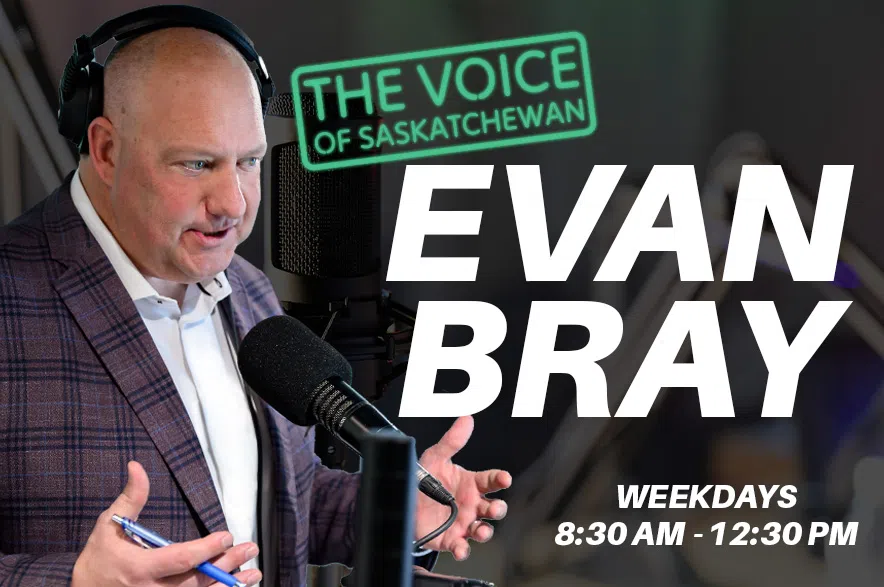Swaths of smoke from wildfires that have torched buildings and forced thousands from their homes in Western Canada have drifted as far as Newfoundland and Labrador in the east and Texas in the south.
People in the northern and heavily populated southern areas of Manitoba and Saskatchewan are feeling it the worst, as that’s where a majority of Canada’s wildfires are burning, said Natalie Hasell of Environment Canada.
“Right in the vicinity of the fires, the air quality is going to be particularly bad,” Hasell said Wednesday.
“It’s really important for people to … pay attention to how you’re feeling and how other people around you are feeling.”
Hasell said wildfires in Ontario and Quebec may also be the cause of smoky air in Michigan and the U.S. east coast but not to the same extent as the blazes roaring through parts of the Prairies.
Environment Canada issued bulletins warning of poor air quality in parts of northern Manitoba and Saskatchewan, where fires have forced more than 30,000 people out of their homes.
The agency said conditions will fluctuate, but those 65 and older along with children and pregnant women are particularly susceptible to the pollution. Symptoms could range from eye irritation to chest pains and severe coughing.
South of the border, air quality alerts were issued in Michigan and Indiana.
Smoke conditions were less severe in Alberta, but there was a slight midday haze over Edmonton on Wednesday as fans started gathering at Rogers Place for Game 1 of the Stanley Cup Final.
In Saskatchewan, officials reported 24 active fires. They said there have been 243 wildfires so far this fire season, when normally they would see 135.
About 7,000 people living in La Ronge, Air Ronge and the Lac La Ronge Indian Band, an area roughly 380 kilometres northeast of Saskatoon, were ordered out just days earlier. Many fled south to Prince Albert, jamming the city’s hotels.
La Ronge Mayor Joe Hordyski said Wednesday the Rona hardware and Roberston Trading stores had burned down. The trading post was iconic in the town of 2,500 people.
“Everybody is battling,” Hordyski said. “(Anything) you can protect is a bonus.”
Up to 15, 000 Saskatchewan residents have been displaced by wildfires. The Saskatchewan Public Safety Agency estimates 400 structures have been lost.
Steve Roberts, the agency’s vice-president of operations, said a variety of factors are coalescing to make it an extremely volatile and difficult situation.
“(It’s the) sheer numbers,” Roberts told a virtual news conference.
“We’re almost double the normal amount of fires. That combined with the fact these fires are in and near populated areas … increases the dynamic and also the impact of these fires.”
He said there’s also been no appreciable rain and lots of wind for almost a month. And firefighting resources Saskatchewan would normally borrow from neighbouring provinces are not available, because those regions need every tool and firefighter they’ve got to fight their own blazes.
On top of all that, Roberts said, numerous swiftly moving fires make daily planning a challenge. Some crews are kept in reserve to battle new fires that flare up, as it’s better to scramble daily to extinguish a one-hectare fire rather than wait a day and battle it when it has exploded into a much larger one.
“We are having to adapt our plan, modify our approach daily, fire by fire,” he said.
Both Manitoba and Saskatchewan have declared provincewide states of emergency to allow various levels of government to co-ordinate help.
In Manitoba, fires have forced more than 17,000 residents out of towns, villages and First Nations, mainly in the remote north. The military was brought in to help with evacuations.
More than 200 firefighters were battling a fire that forced 5,000 residents out of Flin Flon, near the Saskatchewan boundary.
The city said in a social media post Wednesday morning that there had been no structure fires but a return by residents could be a while.
“Evacuees should prepare for the possibility that it will be some time until the situation has stabilized to the point that returning is safe,” it said.
Meanwhile, one of Manitoba’s largest animal shelters was working to take in pets of evacuees, as many hotels and shelters don’t allow them.
The Winnipeg Humane Society opened a pop-up shelter in the south end of the city to care for 60 pets. It has kennels, blankets, newspapers and food. Animals are to get a brief physical examination and vaccinations, and dogs get at least three walks a day.
In Alberta, officials said the province was seeing “slightly improved conditions,” after a week of extreme wildfire behaviour that involved evacuations. Cooler temperatures and high humidity were helping.
This report by The Canadian Press was first published June 4, 2025.
— With files from Jeremy Simes in Regina and Brittany Hobson in Winnipeg
Fakiha Baig, The Canadian Press











